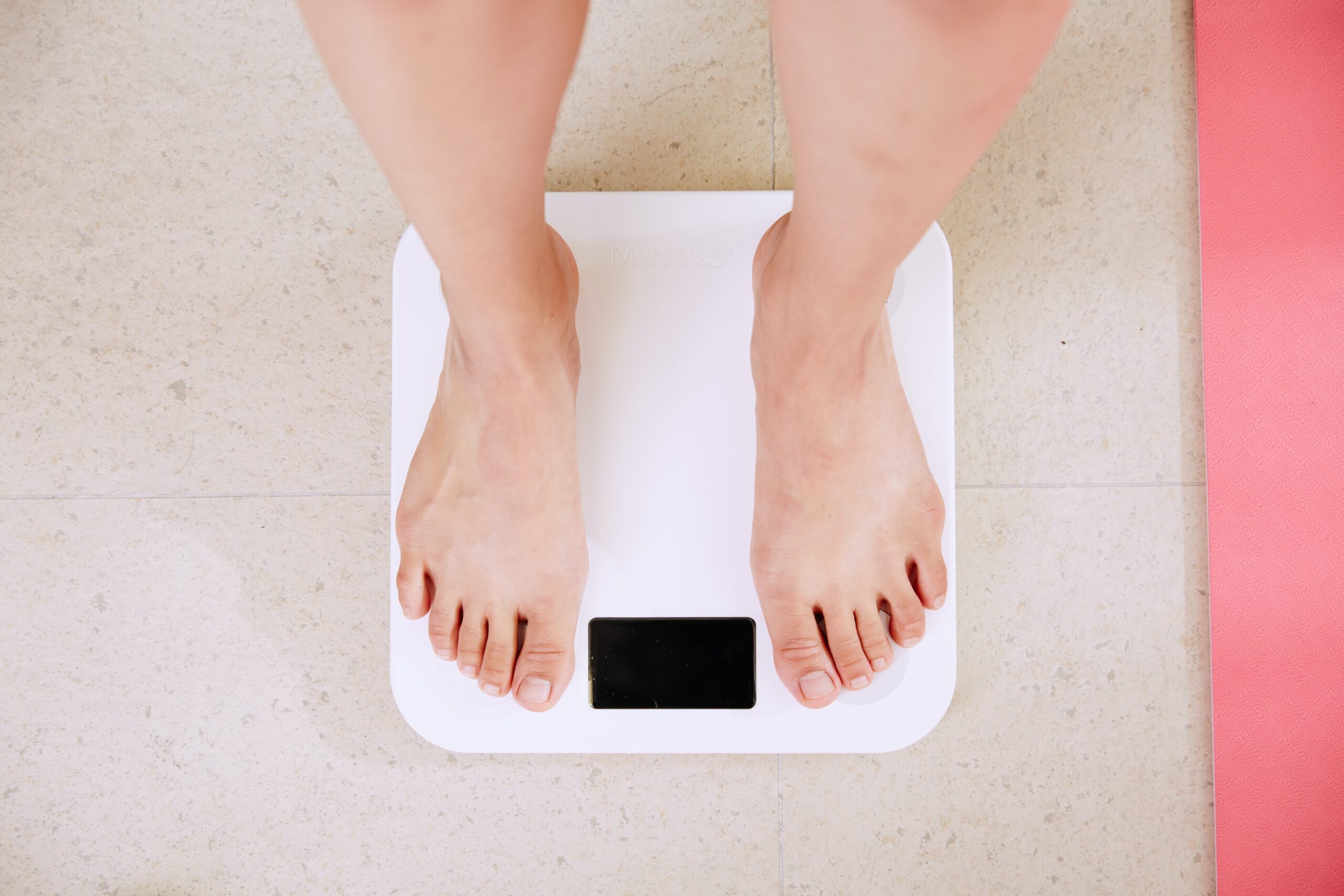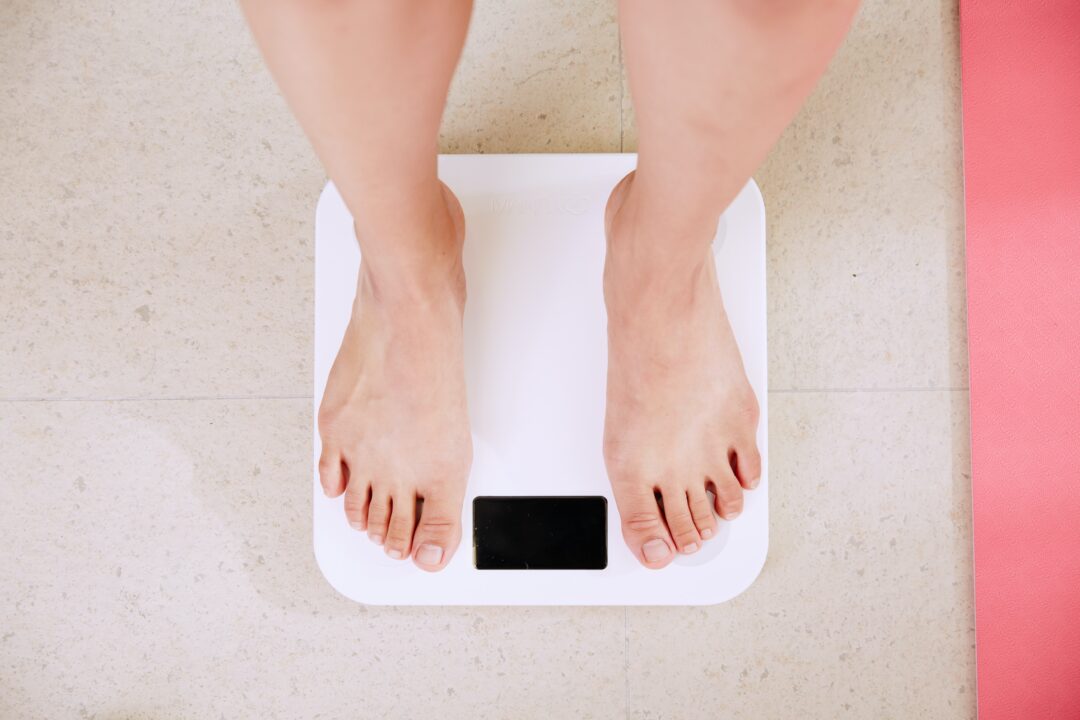Introduction
I distrust most dieticians in India. And with good reason. While a few have the right skills and knowledge, a vast majority of them are either ineffective or expensive or both.
As most fitness experts will tell you, at least 70% of any weight loss program is about managing your diet. However, too many people get the wrong advice and end up doing more harm to their bodies than good. Most of the dieticians in India help us lose weight through some combination of calorific deficit (intermittent fasting, 16:8 diet, veganism, GM diet, etc.) and cardio workouts. Their context is simple: to lose mass, your body has to expend more energy than it consumes. Unfortunately, the biological engine that is our body does not work on pure maths. And the process of weight loss is not as simple as that.
The problem with a typical weight loss program that depends on a calorific deficit is that the body does not know the difference between fat and muscle when it comes to losing weight. Hence, when we lose weight only by eating less, up to 40% of the weight we lose can come from losing lean or muscle mass. While this can deliver quick results, it is antithetical to our goals in the long run.
Muscles are the largest fat-burning site in the body as well as the largest site for glucose storage. Reducing muscle means our body burns fewer calories over time and has a lesser capacity to store and use glucose, leading to a regressive cycle. As we lose muscle, our metabolism slows, and our body burns less energy and consumes fewer calories. To compensate, we eat less and less to lose (or even maintain) our weight. Over time this leaves us permanently hungry and perpetually weak – and in most cases giving up on the process altogether. This is why most diets are destined to fail.
In isolation, even exercise is not a perfect solution. Our bodies consume more energy at rest than most of us can expend with activities in a day. For example, the base metabolic rate for a 40-year-old, six feet tall male weighing 88 kgs is likely >1800 kcals. For context, you would have to run 30 kms to burn that much energy actively. Every day. Hence, if, like most people in middle age, your goal is to lose weight, it is near impossible to outwork a bad diet. In fact, a lousy diet, in combination with hard workouts, is often a recipe for injury.
Exacerbating this is the fact that, as you age, your body sheds muscles anyways – leaving you weak, prone to injury, and burdened with a slowing metabolism. Any method that accelerates this muscle loss is not only stupid but downright dangerous.
Balanced Diet
As someone who has always had an active interest in a healthy lifestyle, and through a mixture of injuries and lifestyle, have had cause to lose weight multiple times, I’ve always felt that there should be a more scientific method. After several unsatisfactory trysts with dieticians, out of sheer frustration, I finally decided to do my own research and find my own path.
Now, the best and most balanced diet for a healthy lifestyle is to maintain a holistic protein-rich diet with a small calorific deficit daily (~500 kcals). To simplify this even further, here is a quick framework to live by:
Calorific deficit = weight loss (~500 kcals of calorific deficit a day usually equates to ~1 lb/0.5 kg weight loss per week – a safe and easy target to aim for)
Calorific deficit + high protein consumption (~2gms per kg of fat-free mass) = fat loss
Calorific deficit + high protein consumption + strength training = fat loss and muscle gain
This is how I generally maintain my weight. However, sometimes we need a more drastic method to lose weight faster to get into a position where we can adopt a more balanced and moderate lifestyle. For me, this has usually been when I have suffered from injuries (multiple slip discs on three separate occasions) or not been able to maintain discipline in my daily routine due to heavy work pressure.
At such times, I depend on the keto diet to get back on track. I have now lost >15 kgs two times using ketosis, averaging more than 0.75 kgs a week during the process while feeling sated, energetic and sharper. I am well on my way to third, having dropped 9 kgs and 10% in body fat over the last ten weeks.
Keto Diet
The ketogenic diet, often nicknamed “keto,” is a high-fat diet that mimics fasting physiology. Once we enter ketosis, our brain and body begin to use ketones (converted from the stored or ingested fat in your body) for energy instead of blood sugar (glucose)—a state called ketosis. The diet was initially developed to treat epileptic children, but there are many variations, including the Atkins diet, that have been adapted for weight loss.
I have written about keto earlier to cover the basics but failed to cover what I now believe to be the most critical part of ketosis: how to get started. Because the hardest part of ketosis is getting started. For people accustomed to loading on carbs daily (as most Indians are), suddenly switching off carbs can be extremely uncomfortable (and this is an under-exaggeration). Many call the onset of these symptoms “keto flu” – I call it the carb withdrawal symptoms.
For the first few days, as the body switches away from carbs and glucose and switches to using fat to fuel all body functions, people can suffer from nausea, constipation, headaches, fatigue and extreme sugar cravings. Not being able to get past this and break through to the other side is what causes most people to give up the diet and, therefore, never get into ketosis.
Getting into ketosis with the least discomfort
Recent research and renewed fitness goals this year have helped me implement a process that makes it easier for me to get into ketosis easily and without many of the symptoms people usually associate with it.
For me, the keto process starts with a one-day diet, typically starting on a Monday. After a weekend in which I ramp down carb consumption slowly, I get through Monday with nothing but a couple of bulletproof coffees (at breakfast and again in the evening). This helps me keep my hunger pangs, as well as the sugar cravings, at bay.
In addition, on Monday morning, I get through a long session of low-intensity exercise (typically a 3-4 hour walk). I try to schedule as many calls and audio conferences as possible or listen to some audiobooks at this time, making it easier to use this time productively. I also drink up to 2-3 litres of water as I walk, which sates me even further.
From Tuesday, I transition into a high-fat diet – typically, 80% of what I consume in a day is in the form of fat. I typically track this on my MyFitnessPal app on my phone, but there are several other apps that you could use instead. Following this schedule usually means that I am in ketosis by Tuesday night without suffering from any major symptoms as I used to in the past.
How to stay in Ketosis
The hardest part of keto is getting into keto. Once you are in keto, you immediately feel lighter, both physically and mentally. And if you maintain discipline and are conscious about what you eat, it is fairly routine to manage keto.
The secret is to eat a boatload of fat (~1.5 to 2.5 g per kilogram of body weight), next-to-no carbs, and moderate protein (1 to 1.5 g per kilogram of body weight) each. High protein and low fat doesn’t work. Since our bodies can’t store unused proteins (unlike fat and carbs/glucose), our liver will convert the excess amino acids into glucose and shut down ketogenesis. Ideally, your diet should contain a minimum of 70% fat.
To make it easier to manage ketosis on a day-to-day level, I’ve set up an essential primer for those looking to stay in ketosis:
- The ideal scenario is to have no less than 75% (and up to 85%) of daily intake as fat, with carbs being minimal (ideally no more than 5%).
- Note that this can be tricky as you cannot compare this gram to gram – fat usually is more calorically dense than carb or protein (1 g of fat = 9 calories. 1 g of carbs/proteins = 4 calories). Thankfully MyFitnessPal app (or many of the others you use) will give you the breakdown once you enter what you have eaten.
- For a 2000 kcals day, this means 25 gms of carbs, 100 gms of proteins and 167 gms of fat
- For a 1600 kcals day (which is usually my target), this would mean 20 gms of carbs, 80 gms of protein and 133 gms of fat
- This doesn’t mean only meat – you can add fats like cheese, olive oil and ghee to salads to ensure you achieve the threshold. In fact, vegetables serve as very good fat delivery systems – you can cook them in butter, coconut oil or ghee.
- Instead of trying to incorporate all the fat in the main meals, you can drink fats between meals (such as in bulletproof coffee) or have keto desserts. However, do your research properly and read the food labels to avoid getting kicked out of keto by mistake.
- In addition, it probably helps to add in your meals BEFORE you eat them. Not only does it ensure you avoid gaffes, but it also makes you more mindful about what you are eating and therefore take better calls about your dietary choices.
- Fasting is key, which is why the keto protocol used at Johns Hopkins for children with drug-resistant seizures begins with fasting.
- The more often you enter keto, the faster the transition takes place. There appears to be a biological “muscle memory” when it comes to getting into keto.
- Conversely, the more time you spend away from it, the harder it is to get back into keto and the stronger the effects of keto flu. If you have, for any reason, been kicked out of ketosis, take stock and try and get back into the process ASAP.
- Being active and burning lots of calories so that you are in a calorific deficit definitely helps. It speeds up the fat-burning process. While keto is not as muscle destructive as other diets, it also helps to do strength training 3-4 days a week.
- How do you know when you’re in ketosis? The most reliable way is to use Abbott’s device Precision Xtra. For those who don’t have access to it, blood tests for ketones are readily available. Eventually, you will get used to the sweet smell in your breath (and your urine) once you get accustomed to ketosis.
Precautions
Now that we are all set, here are a few precautions before you get started:
- Nothing in this blog constitutes medical advice. Please get a doctor’s advice if you have any doubts and definitely if you have any underlying cardiac issues or health triggers.
- Try to cut out as much of processed foods from your diet as possible.
- Drink at least three litres of water a day – the liver needs to be moist to be able to function properly and dispose of waste products that arise from the ketogenic process. Plus, as the muscles lose glycogen, you need water to filter them out of your body and replenish the muscles using ketones.
- Ketosis is a great place to start your weight loss journey, but as you lose weight, you will start plateauing as your metabolism will slow down. Hence, it is good to add strength training to add more muscles, as muscles are more metabolically active than fat.
- Over time you may want to shift to having more protein as it’s hard to gain muscles in keto. This is the right time to move to a more balanced diet – something I have already covered in the blog.
If you found this information useful please like and share so that others may also benefit. I would love to hear tips and experiences from your fitness journey – please feel to share them in the comments!

Photo by @yunmai on Unsplash




